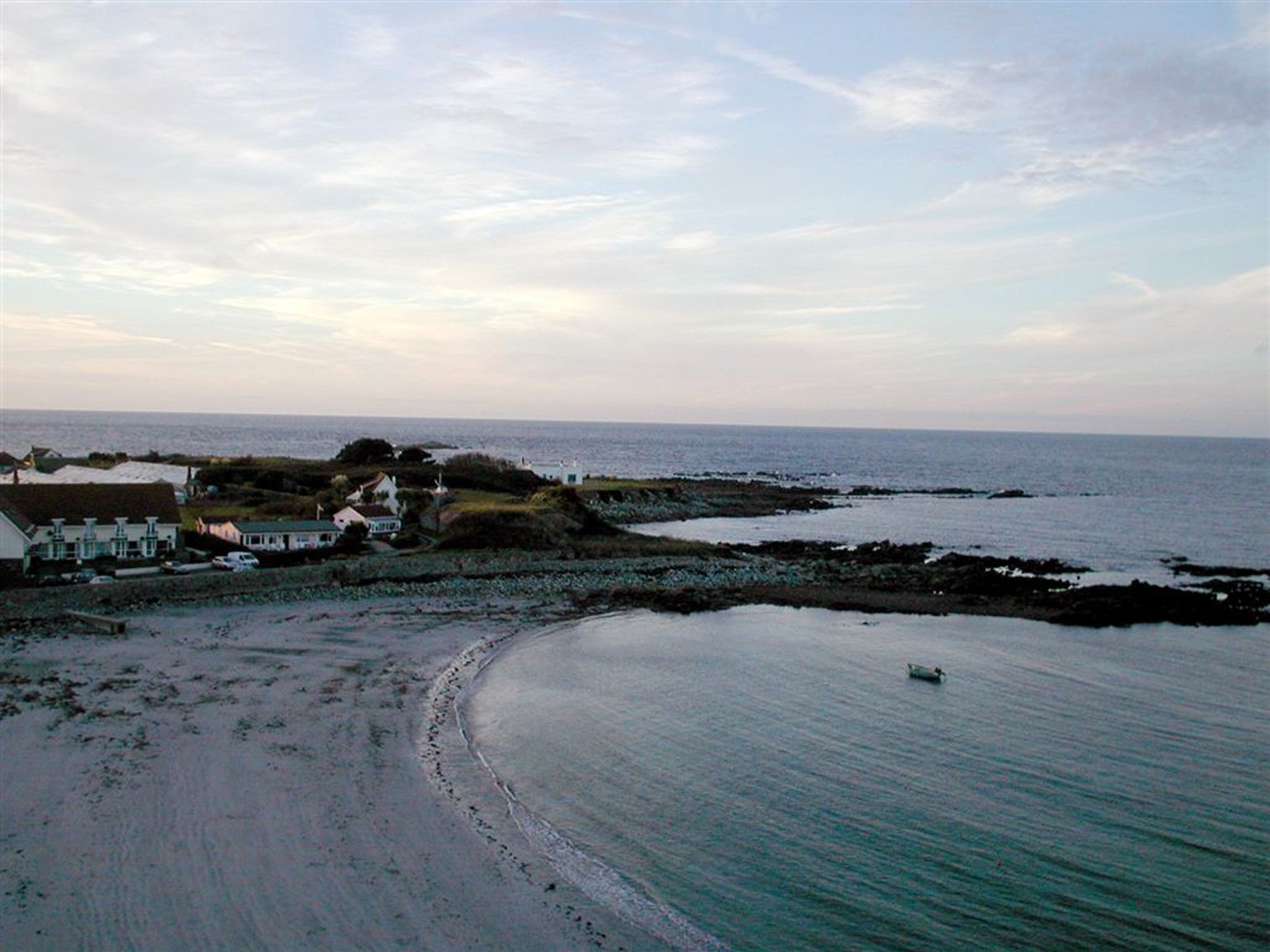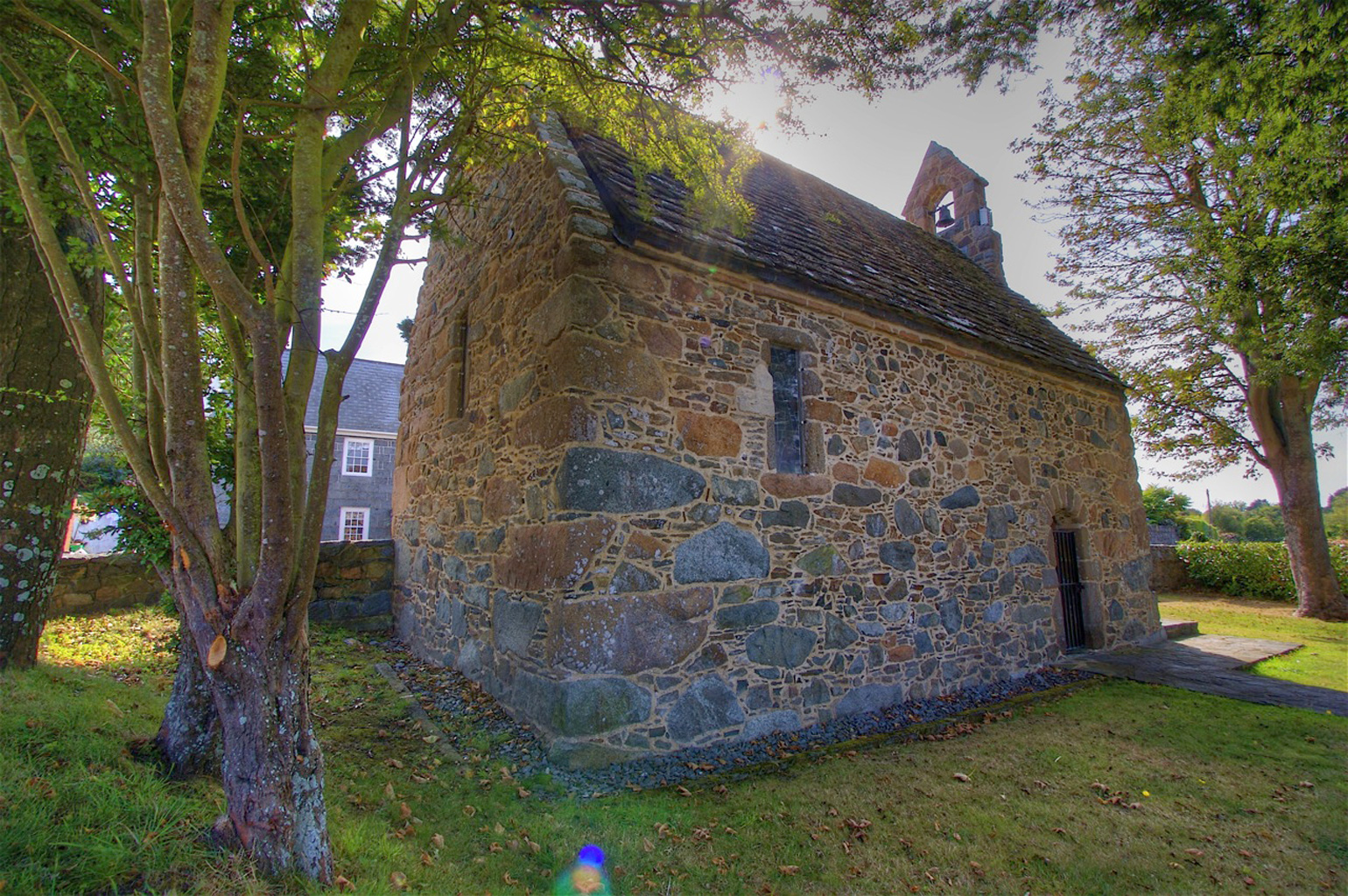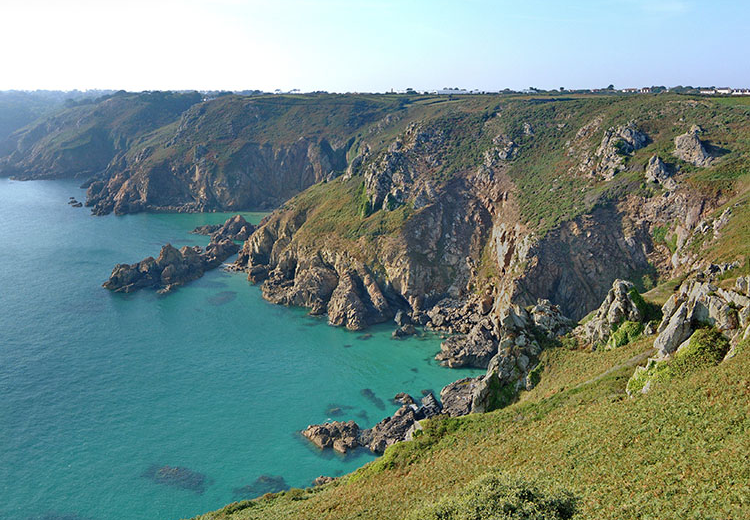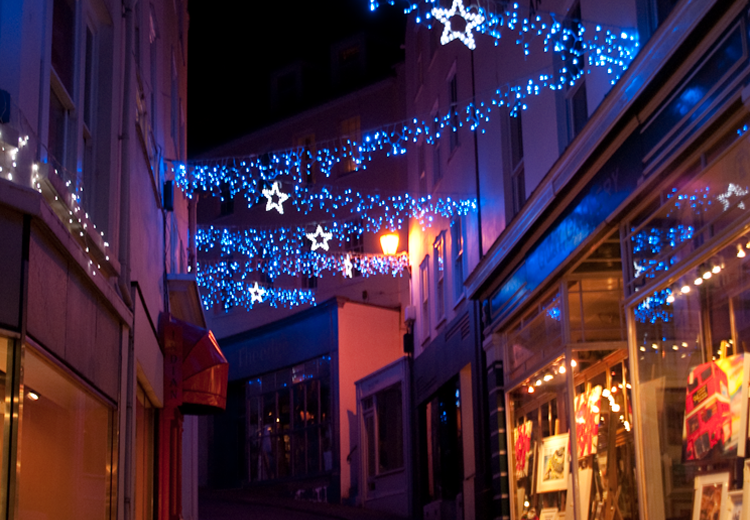Of the ten parishes of Guernsey St Saviour is the most rural. It is on the west coast of the island and found between Castel and St Pierre du Bois. It is one of the largest by area but has a relatively small stretch of coastline, although it does include Perelle bay, the Richmond Headland and some of Vazon Bay – the remaining stretch belongs to Castel.

The largest of the inland churches, the parish church overlooks the reservoir and dates to the 12th century, although there are several megalithic stones in the area, including a menhir at the north east entrance that shows that the site has been used for pagan worship long before this. The menhir has been incised with a cross in order to Christianise it.
The Church had to be re-built in 1658 after it was struck by lightning and during The Occupation the Germans used the church's tower as a lookout post. The Church is now known for its stained glass windows and the fact that the height and length of the church are exactly the same.
"An old story tells of a dispute between the men engaged in building the tower. Some favoured a lofty one, others a short one. Tempers flared, and fighting was about to break out when the men suddenly became aware of a stranger standing in their midst.
The stranger told them not to quarrel over the height of the tower, but to build it as high as the church was long. The stranger then vanished. Accepting this a Divine command, the men built the tower to its present height."
(Brief History of St Saviour's Church by Freddie Priaulx, P.10)
The scarring of the Island by the Occupying forces was not just above ground. There are a series of tunnels under the parish, including below the church, which the forces used as munitions and equipment stores. It was built under the church by the forces who reasoned that it would be unlikely that the RAF would bomb a church.
In addition to the parish church there is another religious site of interest, the small medieval Ste Appoline’s Chapel. Originally known as La Chapelle de Notre Dame de la Perelle it was one of the first ancient historic monuments in Guernsey. The chapel was built in 1392 by Nicholas Henry, and stands in the grounds of the house Ste Appoline. By 1452, it was known as Ste Appoline and is believed to be the only chapel or church in the British Isles that is dedicated to her.








